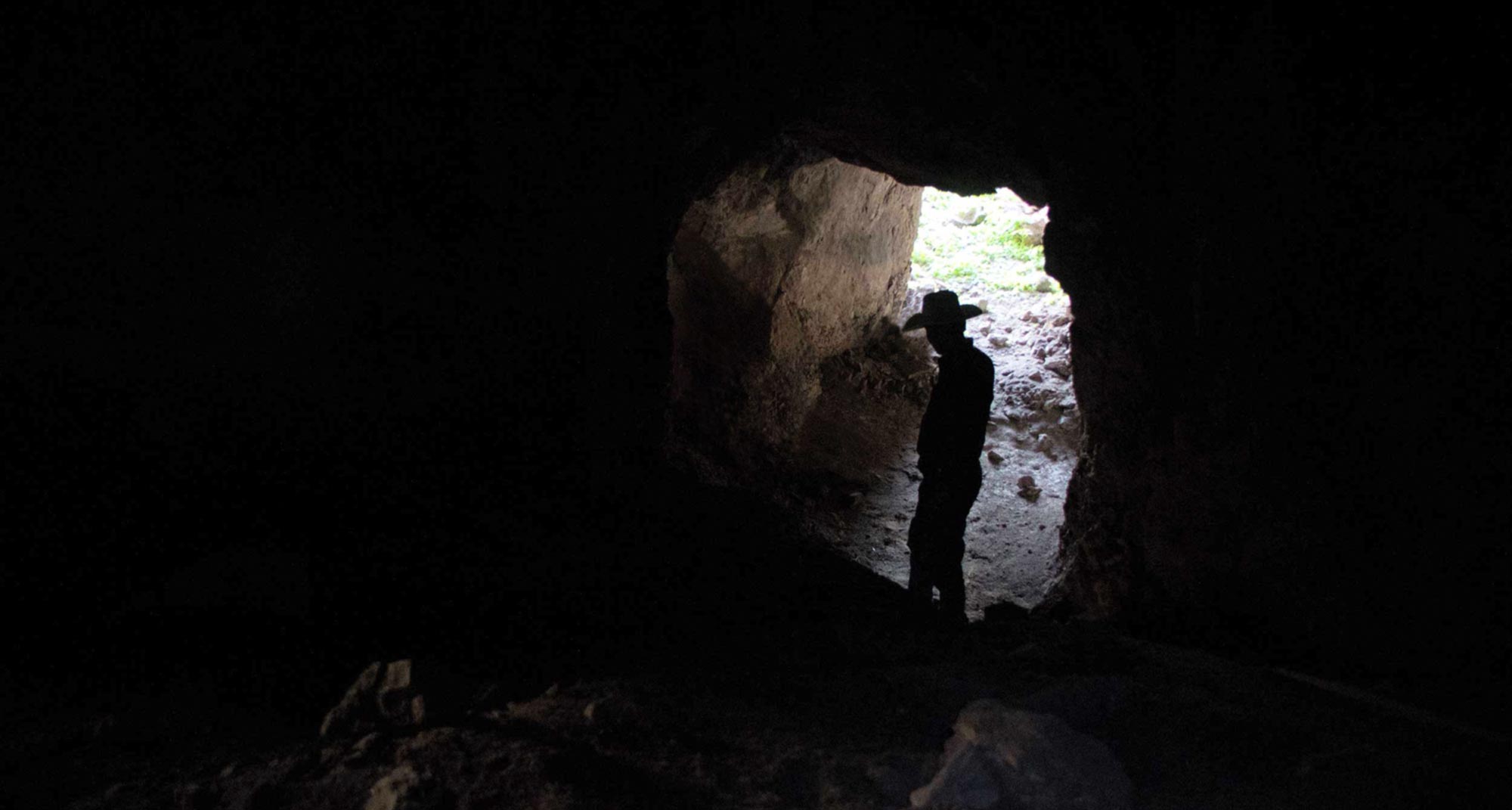Published April, 2021 in the Journal of Archaeological Science, authored by Bryon Schroeder, Tre Blohm, and Meradeth H. Snow
ABSTRACT
Spirit Eye Cave, located on private land in west Texas near the US/Mexico border, contains as many as four human interments removed by pay-to-dig collectors in the 1950–60 s. The relocated remains provide initial DNA results from a region peripheral to both the Southwest and Plains, and the bone collagen 14C dates are coeval with a period of presumed multiethnic migration. The mitochondrial DNA results from two individuals indicate a maternal relationship between each interment. Considered together, these data indicate both a familiarity with the region and a stability of land use by foraging groups during a period of reputed instability. The identification of the B2a4a1 haplogroup in both individuals ties the region to indigenous groups in present-day Mexico, Texas, and the prehistoric site of Paquimé, in Chihuahua, Mexico. These results demonstrate the utility of a collaborative collection based aDNA approach for looted and heavily collected sheltered sites. Significance statement Two rediscovered human remains from at Spirit Eye cave in west Texas situated on the US/Mexico border were radiocarbon dated and sampled for mitochondrial DNA. Both burials belong to the same B2a4a1 mitochondrial haplogroup and were dated to a period of dramatic cultural change in the region. Our results indicate a group of related foraging groups repeatedly used the cave as a mortuary site over several generations. This study also illustrates the utility of pursuing collection-based research from heavily impacted archaeological sites.


